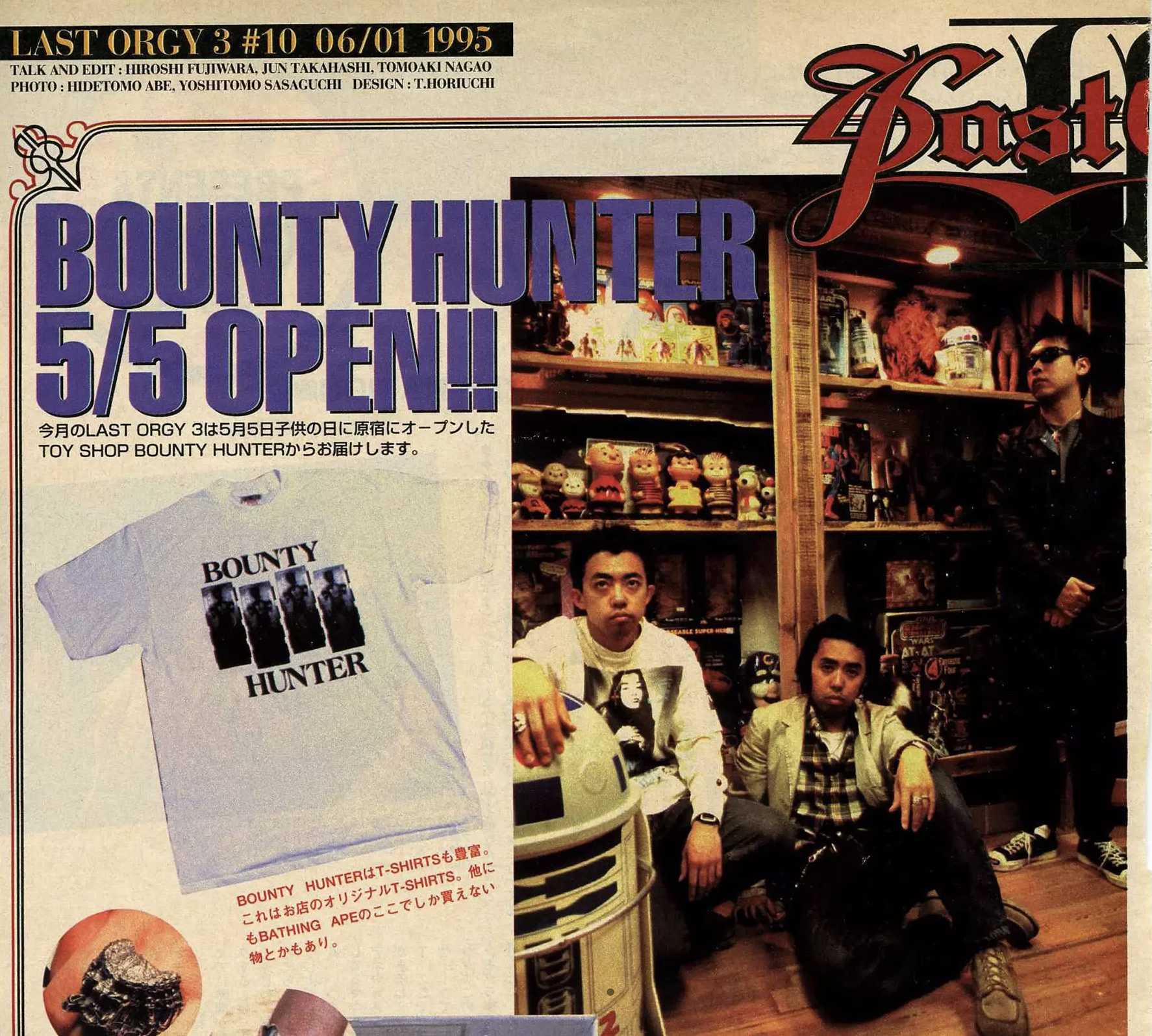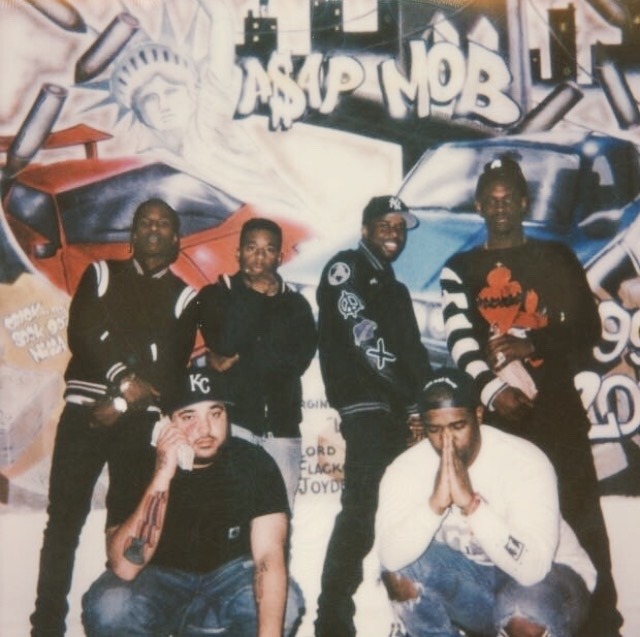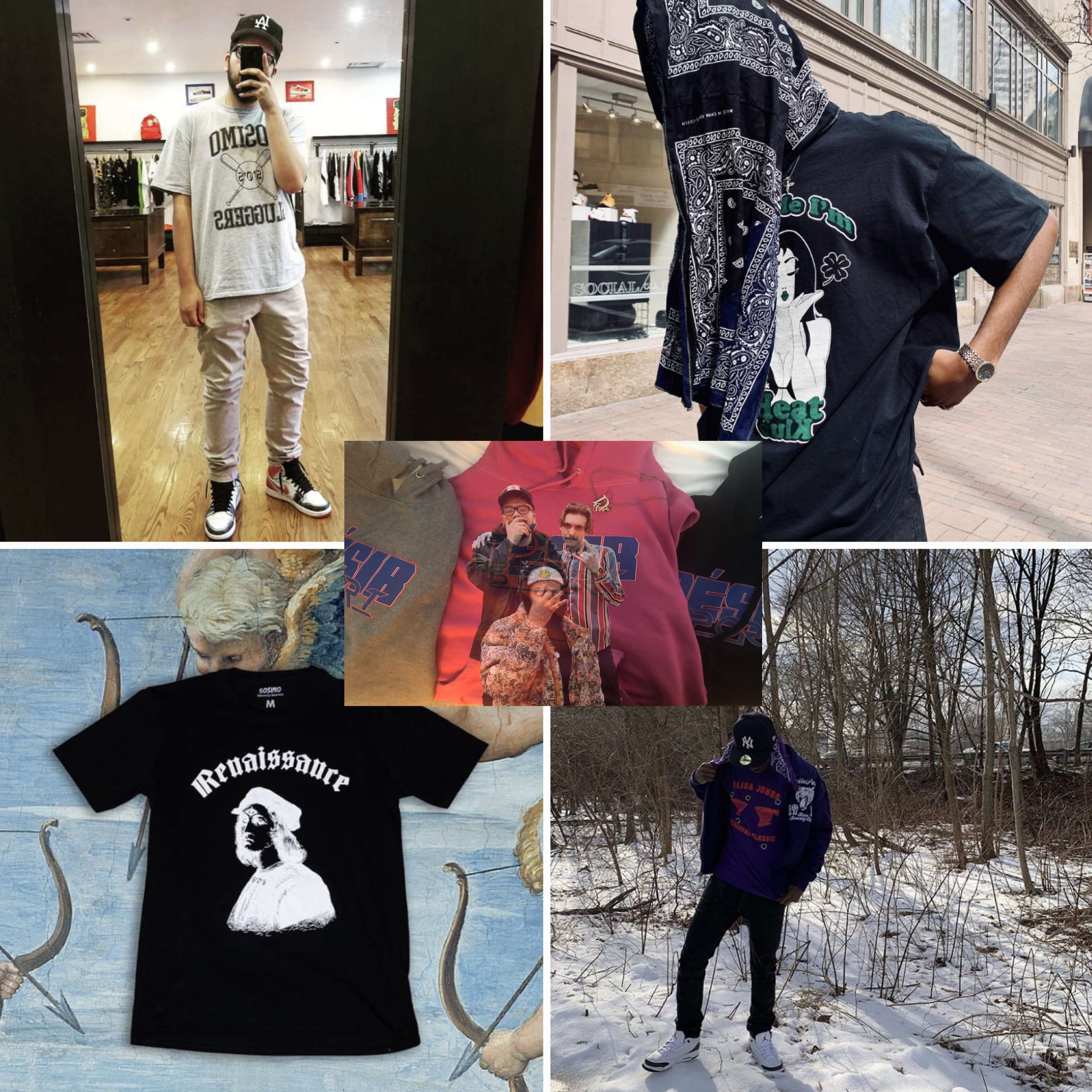Emerging Streetwear Companies
“Compelling visual style, backstory and feel,” that’s the blueprint for building an influential brand according to Grailed. The buy-sell marketplace app asserted this opinion in a history piece describing the “Rise of Japanese Street Culture” through the late ‘80s and in to the ‘90s in Harajuku. Essentially, the canon of streetwear fashion, the Japanese section pertaining to Hiroshi Fujiwara, Nigo and others pivotal to the scene, all created their brands and legacies in the same neighborhood making a bridge between music and fashion. The success of one boosted more opportunity and success for another. These fashion icons asserted their “loyalty to sister brands with continual collaboration and cross-pollination,” Harsh Patel wrote in a 2010 piece for Interview Magazine. Partnerships with each other drove consumers to desire every brand involved in the movement.
Japanese Street Culture: Nigo, Hiroshi Fujiwara and Jun Takahashi | New York Street Culture: A$AP Mob
Draw the parallel. Take the model to modern day Harlem with the A$AP Mob. Members of the clique seamlessly fused hip-hop and fashion. A$AP Rocky exploded, and each A$AP member has found success whether it’s music or, particularly here, fashion. Streetwear brands grew out of the A$AP Mob without inhibiting the other’s success: Disco Inferno, Marino Infantry and VLONE. Each thrives, just as the core Japanese streetwear companies founded and remain: A Bathing Ape, Neighborhood and Undercover.
This style, camaraderie and entrepreneurship is a global culture practiced by many artists. As it happened in Japan and New York, it occurs now in Pittsburgh.
Top row: SOSIMO & HeatKlub | Bottom Row: SOSIMO x Haven & Elisa Jones | Middle: Ivan Rodriguez, Sakony Burton & Tyler Calpin on Désir hoodies
There’s a crew inhabiting and working at Social Status, using the welcoming streetwear boutique as a meeting spot to build ideas with each other and talk about the culture in a relevant establishment. Ivan Rodriguez and Tyler Calpin, while they are sales associates at Social Status, they use the store’s customer influx to build a network helping grow their personal brands, SOSIMO for Rodriguez and Calpin’s eponymous brand. With them, David Cole, Geechi P, Sakony Burton and Tutu feed off the Social Status energy, as well as their relationships with each other, which has created a budding streetwear community. Cole operates Elisa Jones, Geechi P has Haven, Burton runs Désir, and Tutu supplies graphic designs to Elisa Jones, Haven and his own project HeatKlub. Calpin spends time with all of them working in Social Status’ Downtown, Pittsburgh location where Cole frequents and the East Liberty location where Rodriguez works. Calpin adds compelling visuals and cool documentation to SOSIMO, Elisa Jones and HeatKlub, or companionship and advice to Burton. Burton and Rodriguez influence each other. “If it wasn’t for him [Ivan Rodriguez], I wouldn’t be doing what I’m doing right now, and to some degree, if it wasn’t for me, he wouldn’t be doing what he’s doing right now,” Burton said.
Calpin and Cole were the ones to draw comparisons from Japanese and New York street cultures to the current situation in The ‘Burgh. Each of the brands could eat "as long as you touch people,” Cole said during his upcoming InTheRough interview at Social Status Downtown. “We all could help each other take our moms out the hood.”







